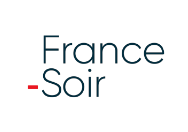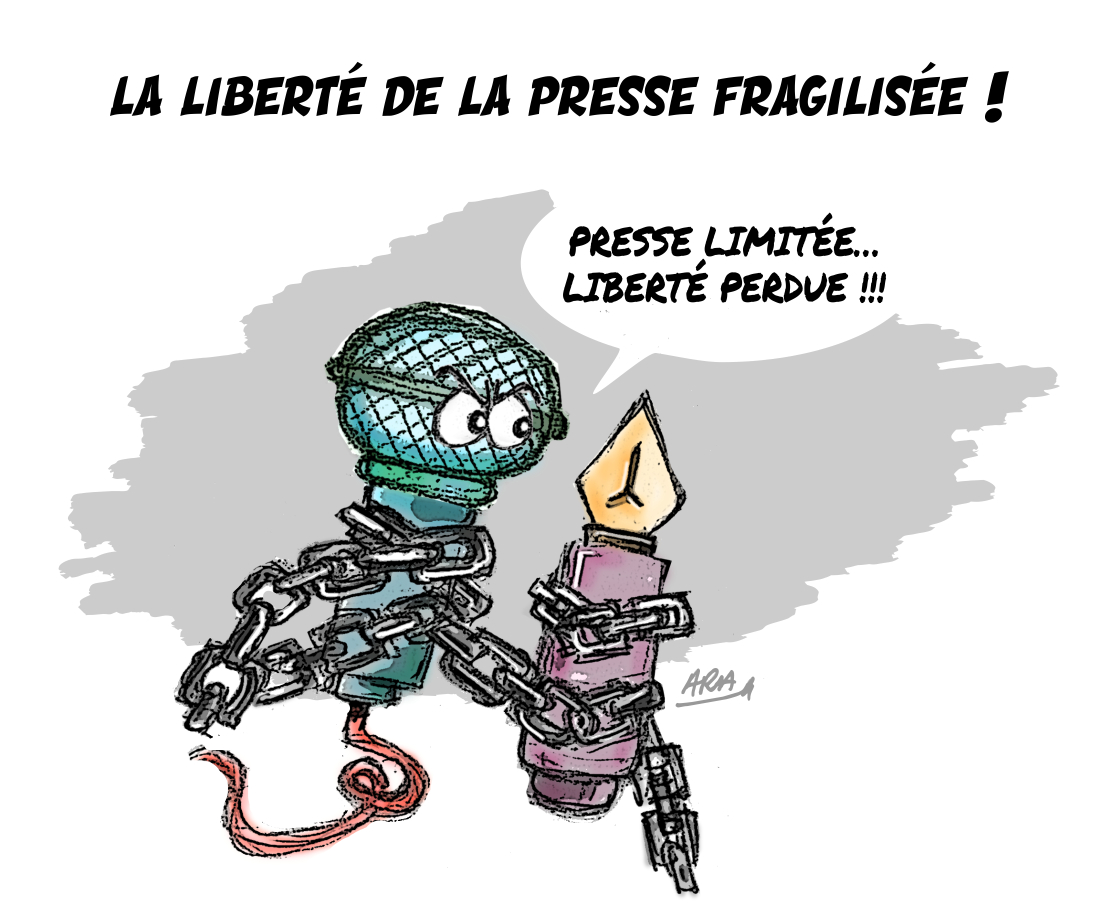Covid-19 : hydroxychloroquine works episode II "Stupefying effects in 53 countries"

ANALYSIS: The nrCFR index (*) is a measure of the quality of the medical management and care of the Covid-19 pandemic in a country over time It was the subject of a previous publication on July 13 (1), obviously stimulating the interest of Internet users from everywhere who hastened to make graphs for other countries. And there, surprise, more than 50 countries were impacted by the fraudulent Mehra study (#LancetGate) published on May 22, 2020, then retracted on June 4, 2020. This study widely promoted by mainstream media had several effects :
- a psychological effect on doctors, and on patients whose consent is required for an off-label prescription
- the prohibition of dispensing (amounting to forbidding prescribing) of hydroxychloroquine in certain countries
- the suspension by WHO of clinical trials arms including hydroxychloroquine. This had been hastily followed by many countries, including France.
The July 13 article highlighted the delayed consequences of the publication (May 22) and retraction (June 4) of the #LancetGate article. Specifically, an increase and then a decrease in the nrCFR index (*). This index was calculated from data published by Johns Hopkins University (JHU) for Switzerland and France. To date, the Swiss data are disputed for reasons of stability of reporting and death counts (***) .
On the graphs of the 99 countries, we have framed the #LancetGate period with two vertical lines. In addition, we outlined in gray the estimated time frame of impact of the retraction, centered 18 days later (estimated median time between the date of prescription of the treatment, i.e. 1st symptoms, and the resolution by recovery or death). It's just visual for now, but we estimate that more than 50 countries have a “significant” or “likely” effect on the nrCFR fatality index and / or on deaths per day in the observation time frame. Some of these effects are statistically significant.
When observed in a single country, it could be interpreted as a weak signal leading to a questionable interpretation. In so many countries, they can no longer be a coincidence or the consequence of counting errors.
Professor Christian Perronne comments:
“It is impressive to see such consequences in so many countries in the world, and that a fraudulent publication can have such an impact on public health. This analysis should attract the attention of competent epidemiologists ”.
Already some specialists, like Dr. Harvey Risch of Yale, have shown interest in the nrCFR index and the temporal information on the success of care that it allows visualizing.
The nrCFR index is presented graphically below for 99 countries, 53 of which are impacted following the fraudulent publication.
28 of these countries, identified by a “green tick” pictogram show a significant(**) effect on the nrCFR and / or mortality. 25 have a probable effect illustrated by a“ gray tick”. The gray tick is used when there are uncertainties linked to smaller amplitudes of the nrCFR or data instability.
In the images below, the top graph (blue curve) represents daily deaths (average over 7 rolling days) and the nrCFR is the red curve in the lower graph calculated over 7 rolling days. Everyone can search for a country by performing a “CTRL F” + the name of the country. For a better view, the reader can open the image in a different window by "right clicking" on his mouse and selecting "open image in a new window".
nrCFR for Equatorial Guinea, Finland, Belgium, and Niger

nrCFR for Spain, Switzerland, Austria, Ireland

nrCFR for the Netherlands, France, Italy, Germany

nrCFR for Norway, Japan, Denmark, Greece

nrCFR for Cuba, Czechia, Hungary and Canada

nrCFR for Somalia, United Kingdom, Sweden, and Turkey

nrCFR for Portugal, United States, Croatia and South Korea

nrCFR for nrCFR for Poland, Israel, United Arab Emirates, and Mali

nrCFR for Morocco, Romania, Algeria and Côte d'Ivoire

nrCFR for the Dominican Republic, Ecuador, Cameroon and Congo

nrCFR for Belarus, Bulgaria, Moldova and Iran

nrCFR for the Philippines, l 'Ukraine, Kuwait and Serbia

nrCFR for Bosnia and Herzegovina, Indonesia, Sierra Leone, and North Macedonia

nrCFR for Panama, Russia, Gabon and Kosovo

nrCFR for Senegal, Bangladesh, Peru and Pakistan

nrCFR for Sudan, Brazil, Egypt, and Liberia

nrCFR for Nicaragua, Nigeria, Kenya and Argentina

nrCFR for Qatar, Honduras, Mexico and Saudi Arabia

nrCFR for Azerbaijan, Albania, Oman and Uzbekistan

nrCFR for Afghanistan, Chile, Armenia and India

nrCFR for Ghana, Colombia, Kyrgyzstan and Venezuela

nrCFR for Haiti, Bahrain, the Salvador and Kazakhstan

nrCFR for South Africa, Bolivia, Guatemala and Iraq

nrCFR for Central African Republic, Chad, Djibouti and Ethiopia


(*) nrCFR New Resolved Case Fatality Rate: a concrete, real-time, age-correctable measure of treatment success. Developed by Michel Jullian, it is a concrete and dynamic measure of the success of care over time, almost in real-time since it typically bears on a rolling period of only 7 days. It is simply equal to the proportion of deaths among the cases resolved (recovered or dead) in the (typically 7) days ending on day t:
nrCFR (t) = D(t) -D (t-7) / R(t) -R (t-7) + D(t) -D (t-7)
where D= total number of deaths and R= total number of recovered since the start of the epidemic. The index should be corrected for age when populations of different age structures are compared.
It has no direct dependence on epidemic or testing dynamics or history.
Among other factors it can show, obviously with some delay, the effect of a treatment.
(**) Interpretation of the variation of nrCFR linked to identified events of the publication and retraction of The Lancet study as well as modification of government health policies regarding hydroxychloroquine.
The median value of the time to resolution (recovery or death) from first symptoms (= date of prescription of a treatment for the early course of the disease, e.g. just paracetamol) is estimated to be 18 days. So that if a large enough group in the population switches simultaneously from a complete treatment to a less effective one, the nrCFR curve will flex upwards ~18 days later. If on the contrary it switches (back) to a better treatment, it will flex downwards ~18 days later. Only the latter effect will be visible if only a small group makes the first move. In this paper we have been looking only for the latter effect.
(***)Editor’s Note
On July 13, we published an article showing, based on Johns Hopkins University (JHU) data available to us, that the time interval between publication and retraction of the article from Mehra in The Lancet (aka #LancetGate) had resulted, with a delay of ~18 days (13 days from later events in the paper), in an equal duration increase in the nrCFR (*) of Switzerland, as well as that of France. Some Internet users questioned us about the data from Switzerland explaining that the effect might be non-existent and simply due to errors in our data source, the “Deaths” and “Recovered” Global time series” by JHU.
We asked the Swiss Federal Office of Public Health (OFSP) for clarification on three points. The OFSP provided a response with partial information on July, 22 2020. We sought explanations on these 3 points:
Issue 1 : A difference of 280 deaths between the JHU data (1968 deaths) and the OFSP database (1688 deaths). OFSP says: “it could be explained by the fact that Cantons (equivalent of districts) report data on all cases and not only positive PCR cases as the OFSP does. The OFSP updates its database once a day when the online tools collect data quasi real time.
Issue 2 Changes to the dates of the concerned deaths (exhaustive table of deaths since the start of the year and previous years to be able to carry out a complete and comparative analysis). The OFSP answers : The data reported is on positive PCR death, and we report exact date of death of the person, not date of declaration. For that full database FranceSoir should ask the Office Federal de Statistiques (Federal Statistics Office).
Issue 3 : OFSP Data relates to deceased patients tested with a positive PCR test. The PCR test is performed by nasal swab. Two points raised were false negatives, as well as the differences in measurements between the cantons and the federal aggregation of data. OFSP does not provide an answer on that as they stipulate they only report PCR positive deaths.
According to the OFSP, the data reported in Worldometers and JHU is probably mixing reporting date and date of actual death. The 280 death count difference is still unexplained to date and the JHU data still shows the observed effect. However, to edge on the side of caution, we added a “question mark” on the Swiss data.
This “Swiss data issue” will have probably triggered a major discovery anyhow!
Thanks to Patrice Kiener of InModelia for the graphs of the 99 most significant countries, to Annie Wypychowski for her help with writing-correction, and to Nathalie Izzo (@ Nathalienath19) for her support.
À LIRE AUSSI
L'article vous a plu ? Il a mobilisé notre rédaction qui ne vit que de vos dons.
L'information a un coût, d'autant plus que la concurrence des rédactions subventionnées impose un surcroît de rigueur et de professionnalisme.
Avec votre soutien, France-Soir continuera à proposer ses articles gratuitement car nous pensons que tout le monde doit avoir accès à une information libre et indépendante pour se forger sa propre opinion.
Vous êtes la condition sine qua non à notre existence, soutenez-nous pour que France-Soir demeure le média français qui fait s’exprimer les plus légitimes.
Si vous le pouvez, soutenez-nous mensuellement, à partir de seulement 1€. Votre impact en faveur d’une presse libre n’en sera que plus fort. Merci.


